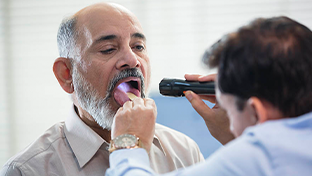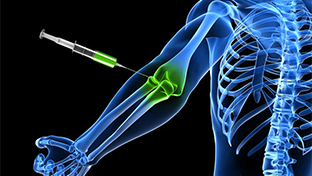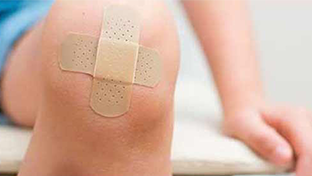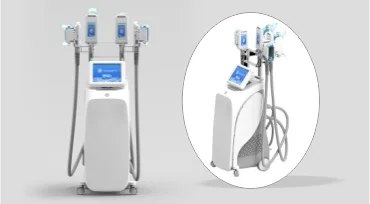Skin Biopsy
Skin diseases, infections, or genetic conditions can lead to the formation of various abnormalities on the skin, such as moles, freckles, and other lesions. Many of these skin conditions share similar symptoms, making it difficult to distinguish between benign and potentially harmful lesions. If your skin lesion appears suspicious, a biopsy is recommended to assess the risk of skin cancer.
A biopsy is a critical part of diagnosing skin pathologies. During the procedure, a small portion of the skin or the entire lesion is removed from the area of abnormality and sent to a pathologist for detailed examination. This analysis helps determine whether the lesion is cancerous, providing crucial information for developing an appropriate treatment plan.
Procedure Overview:
- Local Anesthetic: Before the biopsy, you will receive a local anesthetic to numb the area, ensuring you do not feel any pain or discomfort during the procedure.
- Tissue Removal: The doctor will remove a small section of the lesion or, in some cases, the entire mole or lesion.
- Wound Care: After the biopsy, the wound may be closed with stitches if necessary, and a bandage will be applied to protect the site.
The information obtained from the biopsy allows for a closer analysis of the skin abnormality, confirming whether it is cancerous or benign. Based on the results, your doctor will discuss the next steps, which may include further treatment or monitoring.
If you have any concerns about a skin lesion or need more information about the biopsy process, please contact us to schedule a consultation.
Our Services
-

Comprehensive Weight Loss Solutions
-

PRP Therapy
-

Bioidentical Hormones & Testosterone Therapy
-

Sports Physical
-

Chronic Care
-

Anti-Aging and Aesthetics
-

Telemedicine
-

Adolescent & Pediatric Care
-

Well Woman Exam
-

Alcohol Dependency Treatment
-

Annual Physicals
-

Chronic Opioid Dependency
-

Sexual Health For Men & Women
-

Skin Biopsy
-

Joint & Muscle Injections
-

STD Treatment & HIV Pre-exposure Prophylaxis
-

Gut Health Optimization
-

Autoimmune Disease & Rheumatology
-

Psychiatry & Mood
-

Acute Care/Urgent Care
-

Allergy Testing
-

Concierge Primary Care Option
-

Cryo-Lipolysis
-

Geriatric, Senior, and Elderly Care Services in Dallas, Texas






